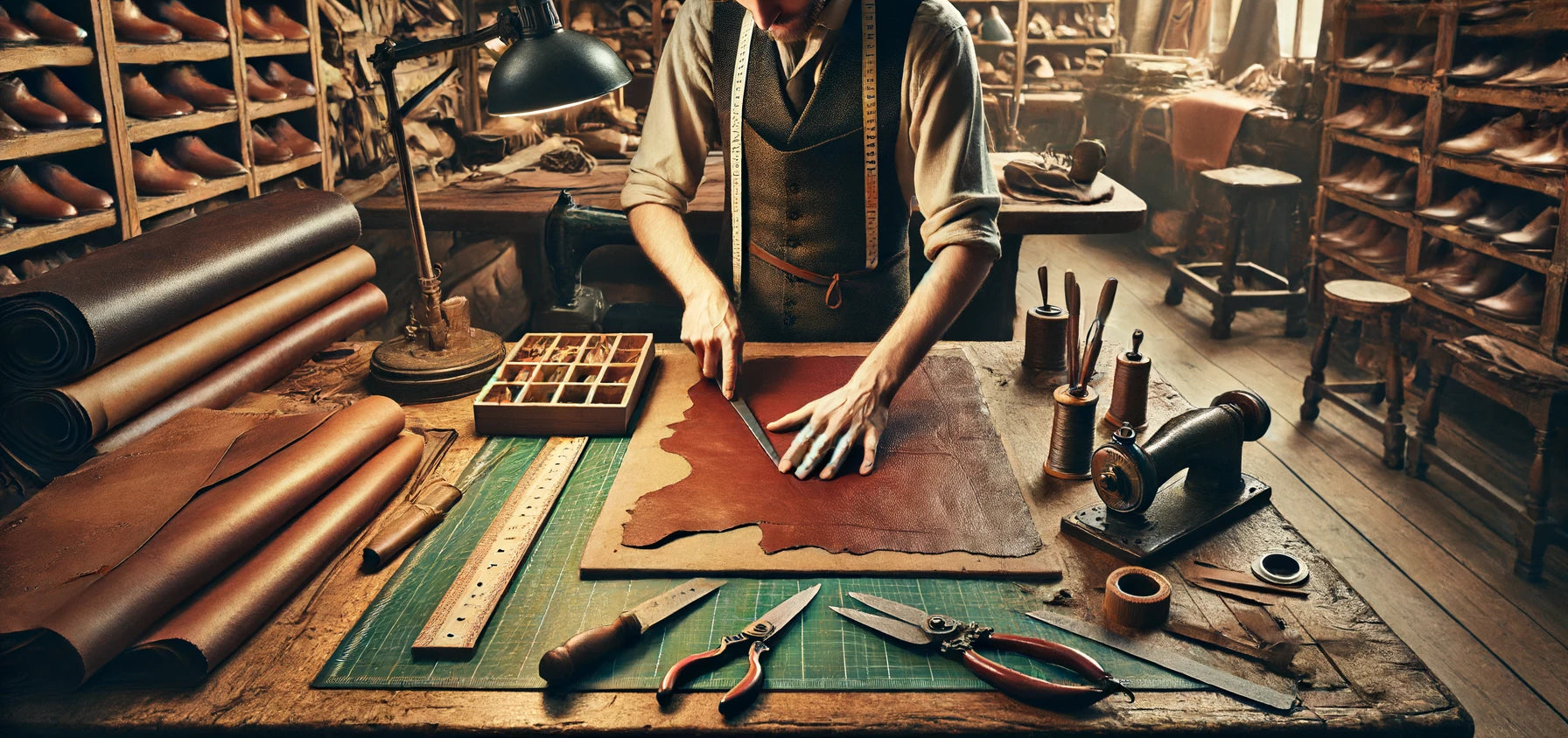
The Art of Leather Cutting in Bespoke Shoemaking
(If you're interested in being fitted from the comfort of your home for a pair of our bespoke shoes, explore our process and footwear collection at bondenoshoes.com)
Leather cutting is a crucial and intricate step in the bespoke shoemaking process, requiring both skill and artistry. The precision and care taken during this phase can significantly impact the final product's quality, fit, and aesthetic appeal. This blog post delves into the art of leather cutting in bespoke shoemaking, exploring its history, techniques, and the meticulous craftsmanship involved.
The Importance of Leather Selection
Before the cutting begins, selecting the right leather is paramount. Quality leather is the foundation of a good shoe, influencing its durability, comfort, and appearance. Bespoke shoemakers typically use full-grain leather, known for its strength and natural characteristics. This type of leather ages beautifully, developing a unique patina over time.
Several factors are considered when choosing leather:
-
Type of Leather: Calfskin is a popular choice for its softness, flexibility, and fine grain. Other options include suede, exotic leathers like alligator or ostrich, and vegetable-tanned leather.
-
Thickness: The leather's thickness must be appropriate for the shoe's design. For instance, dress shoes often require thinner, more pliable leather, while boots may use thicker, more robust hides.
-
Tanning Process: The tanning method affects the leather's characteristics. Chrome-tanned leather is softer and more water-resistant, while vegetable-tanned leather is firmer and develops a rich patina.
-
Aesthetic Qualities: The leather's color, texture, and grain pattern play a significant role in the shoe's final look. Bespoke shoemakers often work closely with clients to select leather that meets their preferences and style.
Tools of the Trade
The tools used in leather cutting are specialized and essential for achieving precise cuts. Here are some of the key tools:
-
Cutting Knives: A variety of knives are used, including straight knives for long cuts and curved knives for intricate patterns. The blades must be kept sharp to ensure clean cuts and prevent damage to the leather.
-
Clicking Knives: Also known as clicker knives, these are used for cutting out smaller, intricate pieces. The term "clicking" originates from the sound made when the blade cuts through the leather.
-
Cutting Mats: These mats provide a safe surface for cutting, protecting both the leather and the workbench. They are self-healing, meaning they can withstand repeated cuts without significant damage.
-
Templates and Patterns: Patterns are crucial for consistency and accuracy. Shoemakers use paper or cardboard templates to trace shapes onto the leather. In bespoke shoemaking, patterns are often customized for each client to ensure a perfect fit.
-
Measuring Tools: Precision is vital in leather cutting. Rulers, measuring tapes, and calipers help ensure accurate dimensions and symmetrical cuts.
The Leather Cutting Process
The leather cutting process involves several meticulous steps, each requiring a high level of skill and attention to detail. Here is an overview of the typical steps involved:
1. Preparing the Leather
Before cutting, the leather is inspected for any imperfections such as scars, blemishes, or irregularities. These imperfections can affect the final product's quality, so they must be avoided or strategically placed in less visible areas.
The leather is then conditioned to make it more pliable. Conditioning involves applying oils or conditioners to soften the leather, making it easier to cut and shape. This step also helps prevent cracking and extends the leather's lifespan.
2. Marking the Patterns
Once the leather is prepared, the shoemaker places the patterns or templates on the leather's surface. Careful consideration is given to the leather's grain direction and any natural variations. The patterns are then traced using a marking tool, typically a silver pen or chalk, which is easily removable.
Precision is crucial during this step. Any inaccuracies in marking can lead to ill-fitting pieces that compromise the shoe's overall structure and comfort.
3. Cutting the Leather
With the patterns marked, the cutting begins. The shoemaker uses cutting knives or clicking knives to follow the traced lines. This step requires a steady hand and keen eye to ensure clean, precise cuts.
The shoemaker often employs different techniques for various parts of the shoe. For example, cutting the vamp (the front part of the shoe) may require different methods than cutting the quarters (the sides and back).
Techniques and Tips for Mastering Leather Cutting
Mastering the art of leather cutting involves years of practice and an understanding of various techniques. Here are some tips and techniques used by expert shoemakers:
1. Cutting with the Grain
Cutting leather with the grain ensures the pieces are stronger and less prone to stretching. It also helps maintain the leather's natural appearance. Shoemakers carefully align patterns with the grain direction before cutting.
2. Using the Right Tools
Choosing the appropriate cutting tools for each task is essential. Straight knives are ideal for long, straight cuts, while curved knives are better suited for intricate shapes. Keeping the blades sharp is crucial to achieving clean cuts and preventing accidents.
3. Consistent Pressure
Applying consistent pressure while cutting is vital for achieving uniform edges. Uneven pressure can result in jagged or uneven cuts. Shoemakers often use a combination of hand strength and control to maintain consistent pressure throughout the cutting process.
4. Avoiding Stretching
Leather can stretch during cutting, leading to misshapen pieces. To prevent this, shoemakers use techniques such as placing weights on the leather or cutting on a stable surface. Additionally, they may employ tools like leather cutting boards to minimize stretching.
5. Practicing Patience and Precision
Leather cutting requires patience and precision. Rushing through the process can lead to mistakes and wasted materials. Experienced shoemakers take their time, ensuring each cut is accurate and clean.
The Role of Leather Cutting in Bespoke Shoemaking
In bespoke shoemaking, leather cutting is a pivotal step that sets the foundation for the entire shoe. The precision and care taken during this phase directly impact the shoe's fit, comfort, and aesthetic appeal. Here are some key roles leather cutting plays in bespoke shoemaking:
1. Ensuring a Perfect Fit
Bespoke shoemakers create shoes tailored to the client's exact measurements and preferences. Accurate leather cutting is essential to achieve a perfect fit. Each piece must be precisely cut to align with the client's foot shape and size, ensuring optimal comfort and support.
2. Enhancing Aesthetic Appeal
The visual appeal of a bespoke shoe is greatly influenced by the quality of leather cutting. Clean, precise cuts result in smooth edges and seamless joins, enhancing the overall look of the shoe. Skilled shoemakers use their expertise to create aesthetically pleasing designs that showcase the leather's natural beauty.
3. Maintaining Structural Integrity
The structural integrity of a shoe relies on well-cut leather pieces. Poorly cut pieces can lead to weak points and compromised durability. By cutting the leather with precision, shoemakers ensure the shoe maintains its shape and withstands daily wear and tear.
4. Customization and Personalization
Bespoke shoemaking is all about customization and personalization. Leather cutting allows shoemakers to incorporate unique design elements, such as intricate patterns, perforations, or embossing. These personalized touches make each pair of bespoke shoes truly one-of-a-kind.
Challenges in Leather Cutting
Despite the artistry involved, leather cutting comes with its own set of challenges. Understanding and overcoming these challenges is crucial for producing high-quality bespoke shoes:
1. Leather Variability
Leather is a natural material, and each hide is unique. Variations in texture, thickness, and grain pattern can pose challenges during the cutting process. Shoemakers must adapt their techniques to accommodate these differences and ensure consistent results.
2. Precision and Accuracy
Achieving precision and accuracy in leather cutting requires a high level of skill and concentration. Even the slightest deviation can affect the fit and appearance of the final product. Shoemakers must maintain a steady hand and keen eye to achieve flawless cuts.
3. Time-Consuming Process
Leather cutting is a time-consuming process that demands patience and attention to detail. Rushing through this step can lead to mistakes and wasted materials. Shoemakers often spend hours meticulously cutting each piece to ensure perfection.
4. Balancing Aesthetics and Functionality
Balancing aesthetics and functionality is a constant challenge in bespoke shoemaking. While creating visually appealing designs is important, the shoe must also provide comfort and support. Shoemakers must carefully consider both aspects when cutting the leather.
The Future of Leather Cutting in Bespoke Shoemaking
As technology advances, the art of leather cutting continues to evolve. While traditional techniques remain the cornerstone of bespoke shoemaking, modern innovations are enhancing the process:
1. Computer-Aided Design (CAD)
CAD technology allows shoemakers to create precise digital patterns and templates. These digital designs can be easily adjusted and customized, improving accuracy and efficiency in the cutting process. CAD also enables shoemakers to visualize the final product before cutting the leather.
2. Laser Cutting
Laser cutting is a modern technique that uses high-powered lasers to cut leather with incredible precision. This technology offers several advantages, including speed, accuracy, and the ability to create intricate designs. While laser cutting is not yet widely adopted in bespoke shoemaking, it holds great potential for the future.
3. Sustainable Practices
Sustainability is becoming increasingly important in the fashion industry, including bespoke shoemaking. Shoemakers are exploring eco-friendly practices, such as using vegetable-tanned leather and minimizing waste during the cutting process. Sustainable leather cutting techniques not only benefit the environment but also enhance the quality and longevity of the final product.
Conclusion
The art of leather cutting in bespoke shoemaking is a testament to the craftsmanship, precision, and dedication of skilled shoemakers. From selecting the finest leather to meticulously cutting each piece, this process requires a deep understanding of materials, techniques, and aesthetics. Despite the challenges, the rewards are evident in the creation of bespoke shoes that are not only functional but also works of art.
As the industry evolves, traditional leather cutting techniques continue to be complemented by modern innovations, ensuring the timeless craft of bespoke shoemaking remains relevant and revered. Whether through the hands of a master craftsman or the precision of advanced technology, the art of leather cutting will always play a pivotal role in the creation of exquisite, personalized footwear.
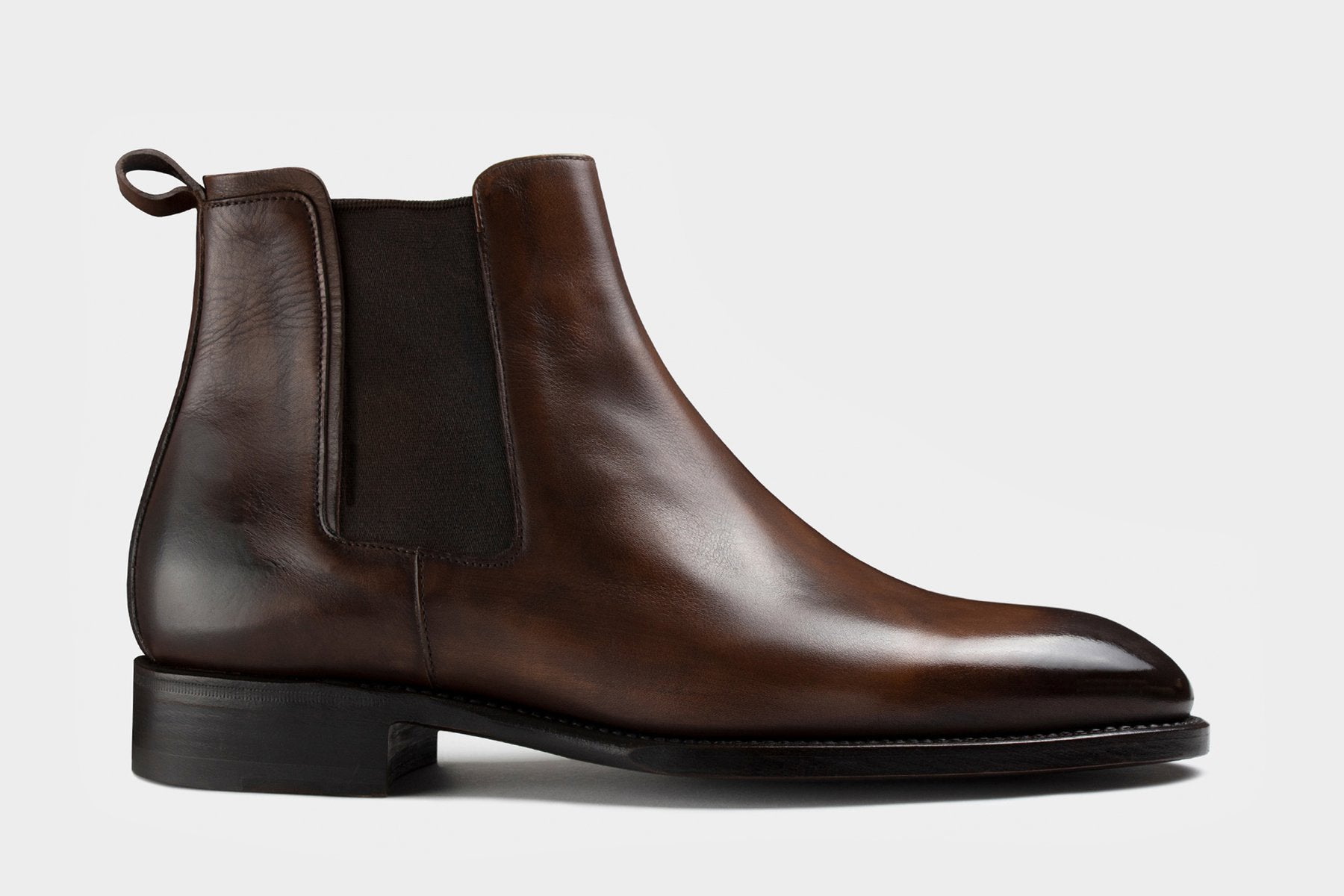
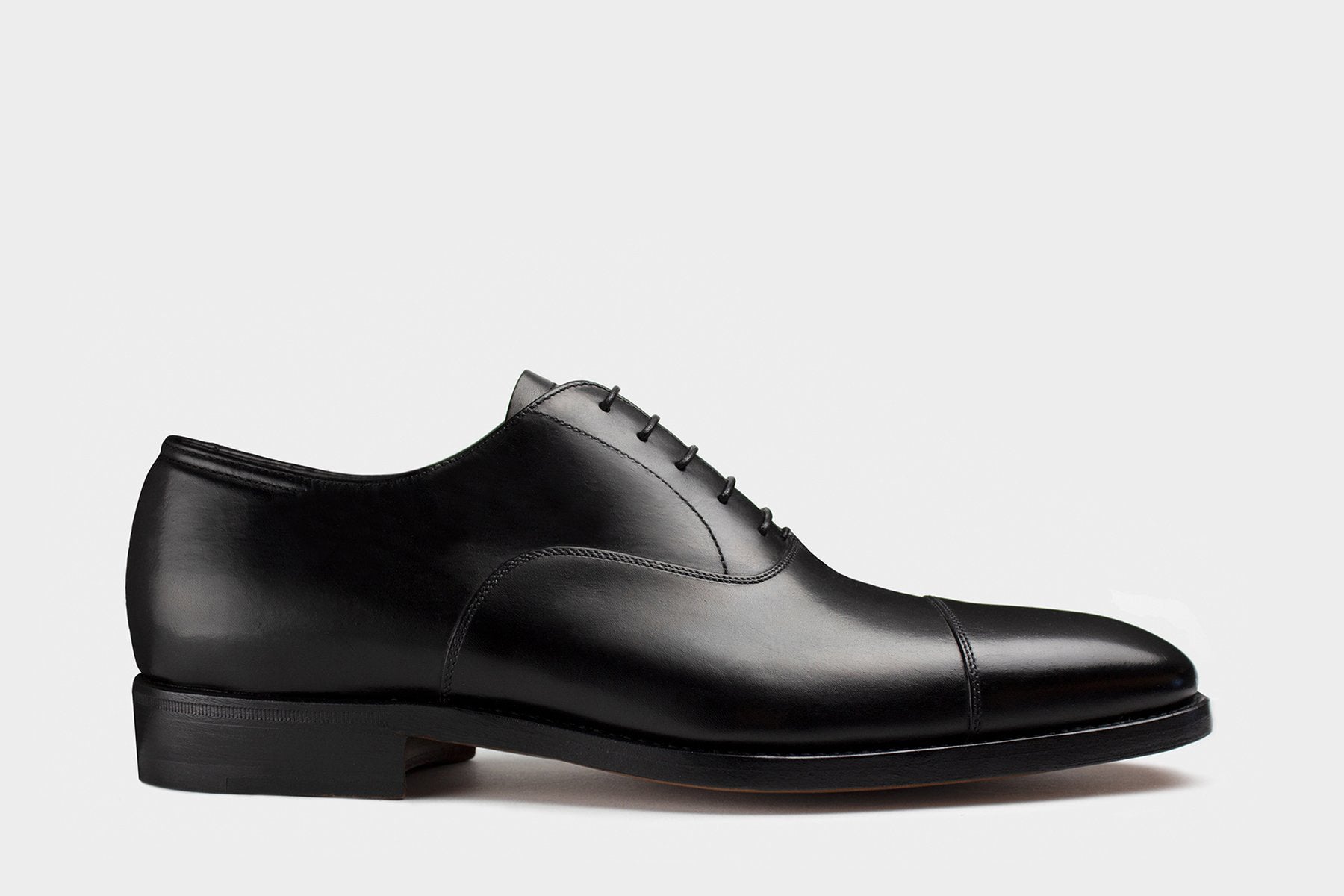
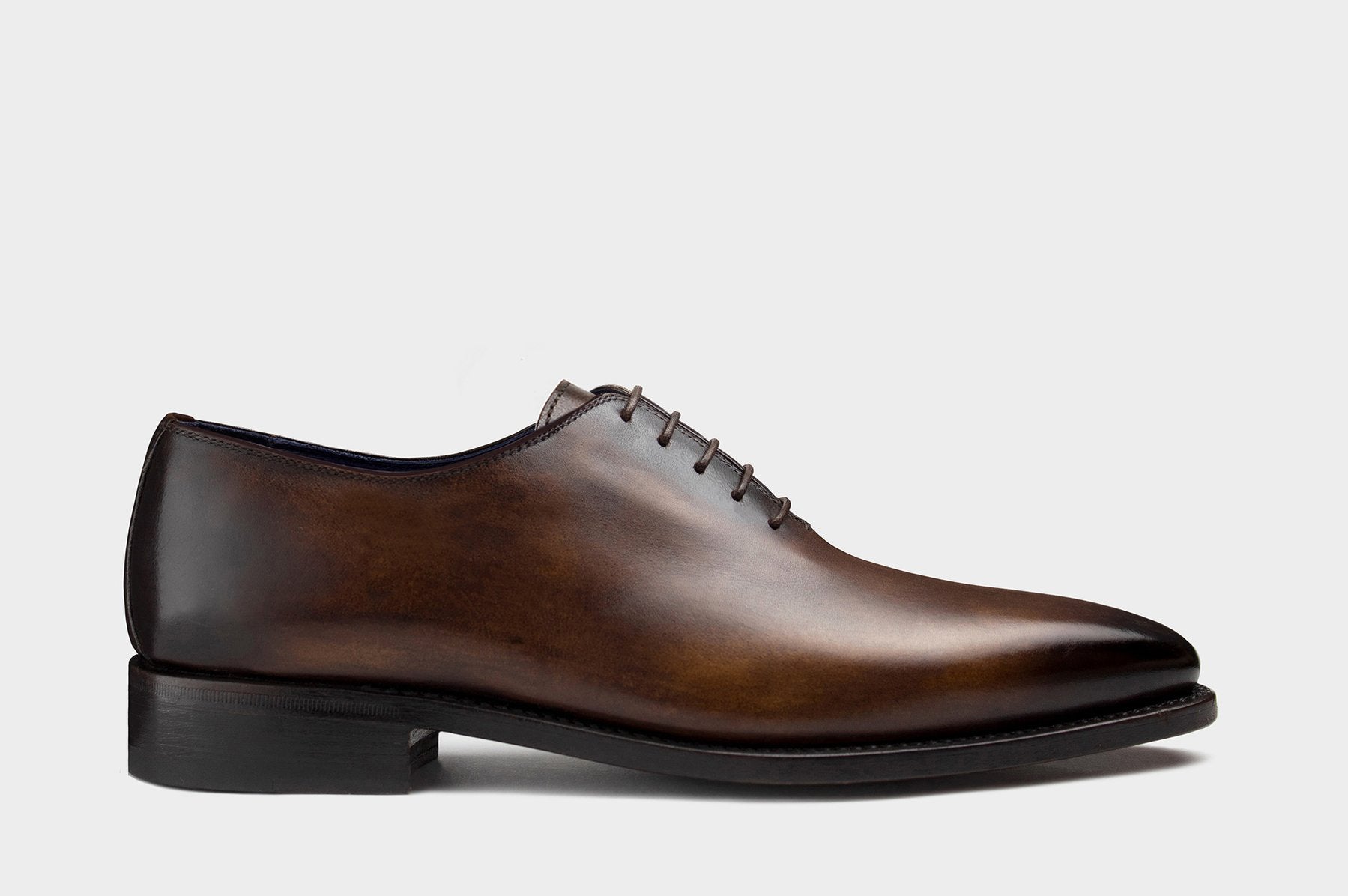
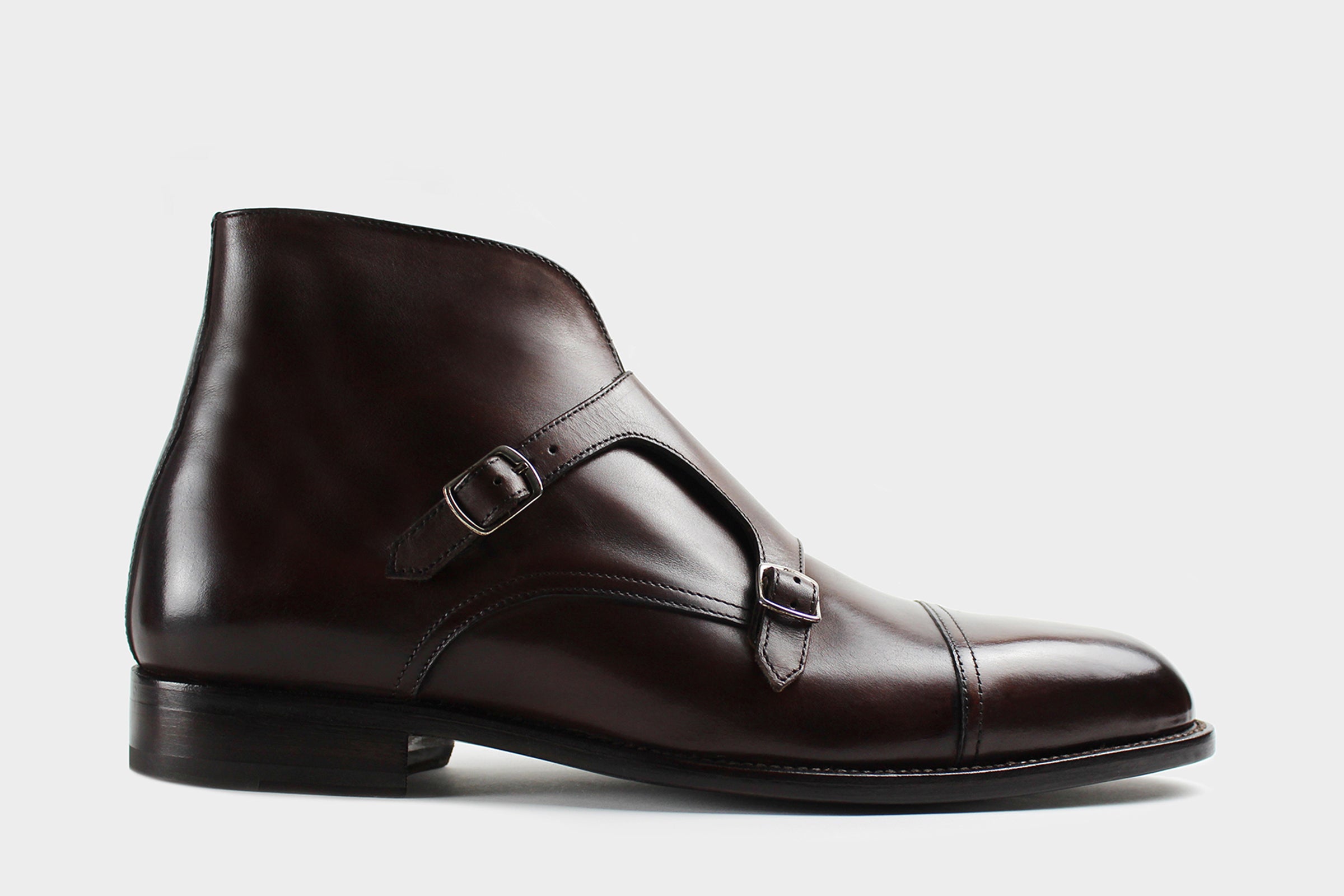
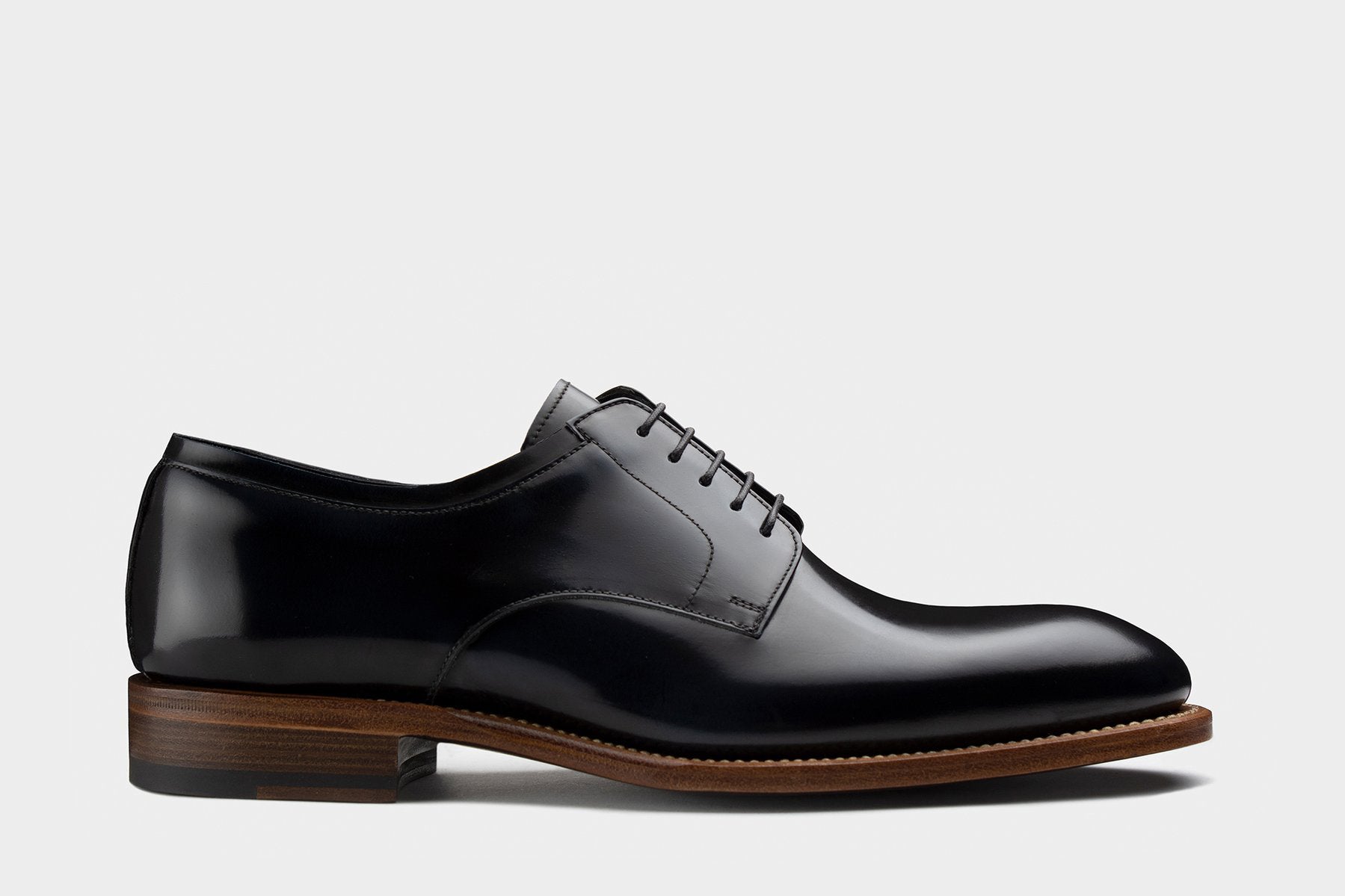
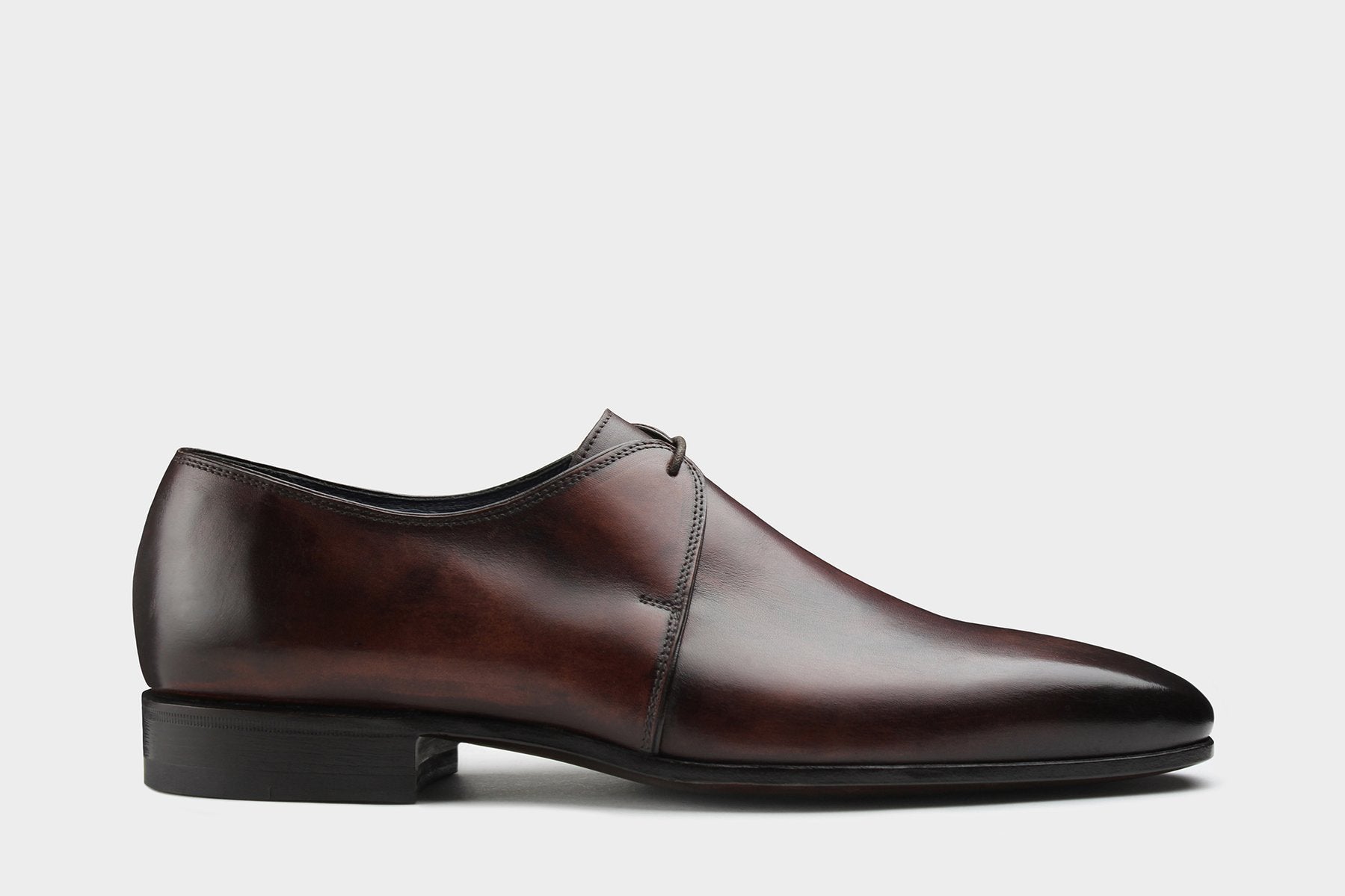
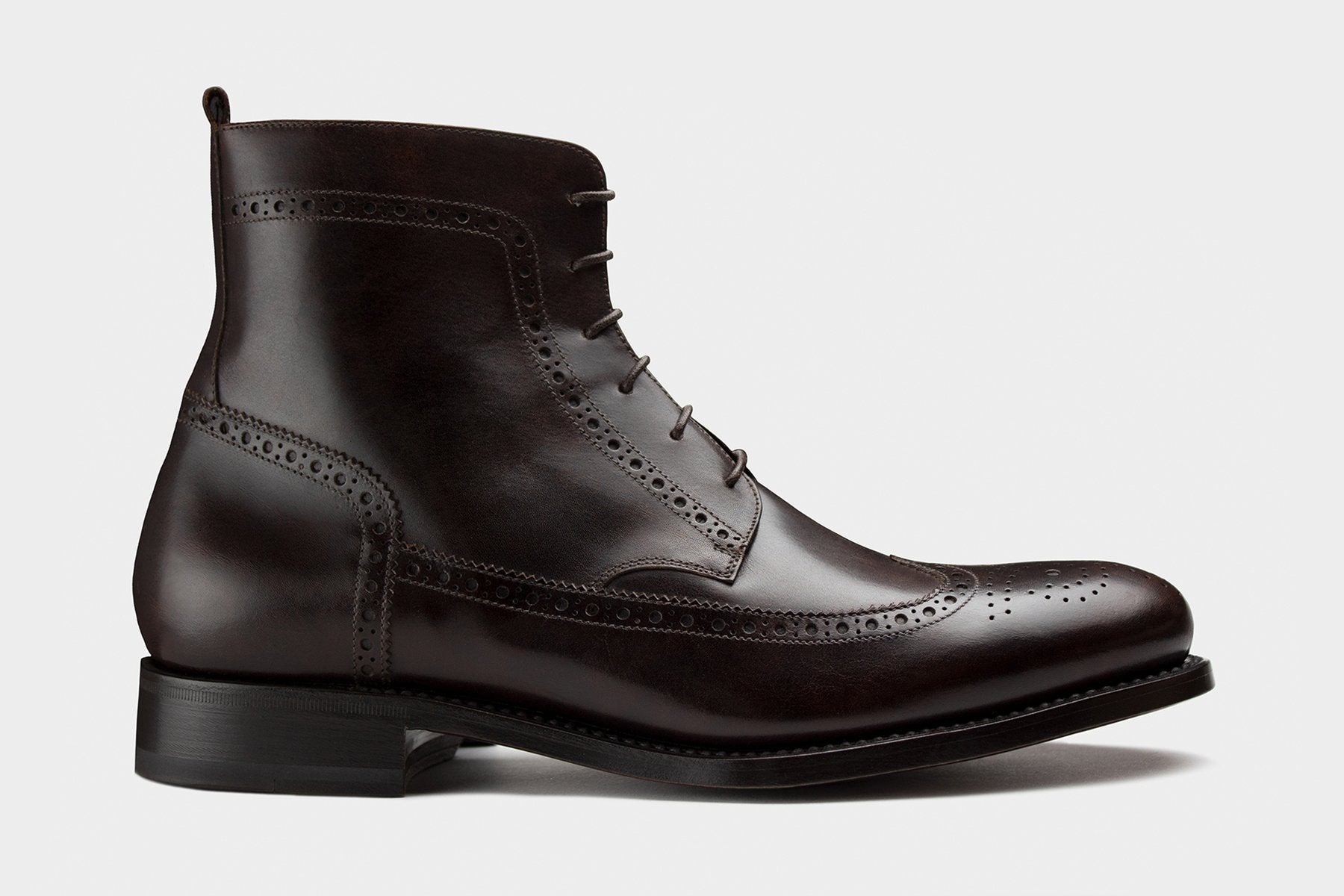
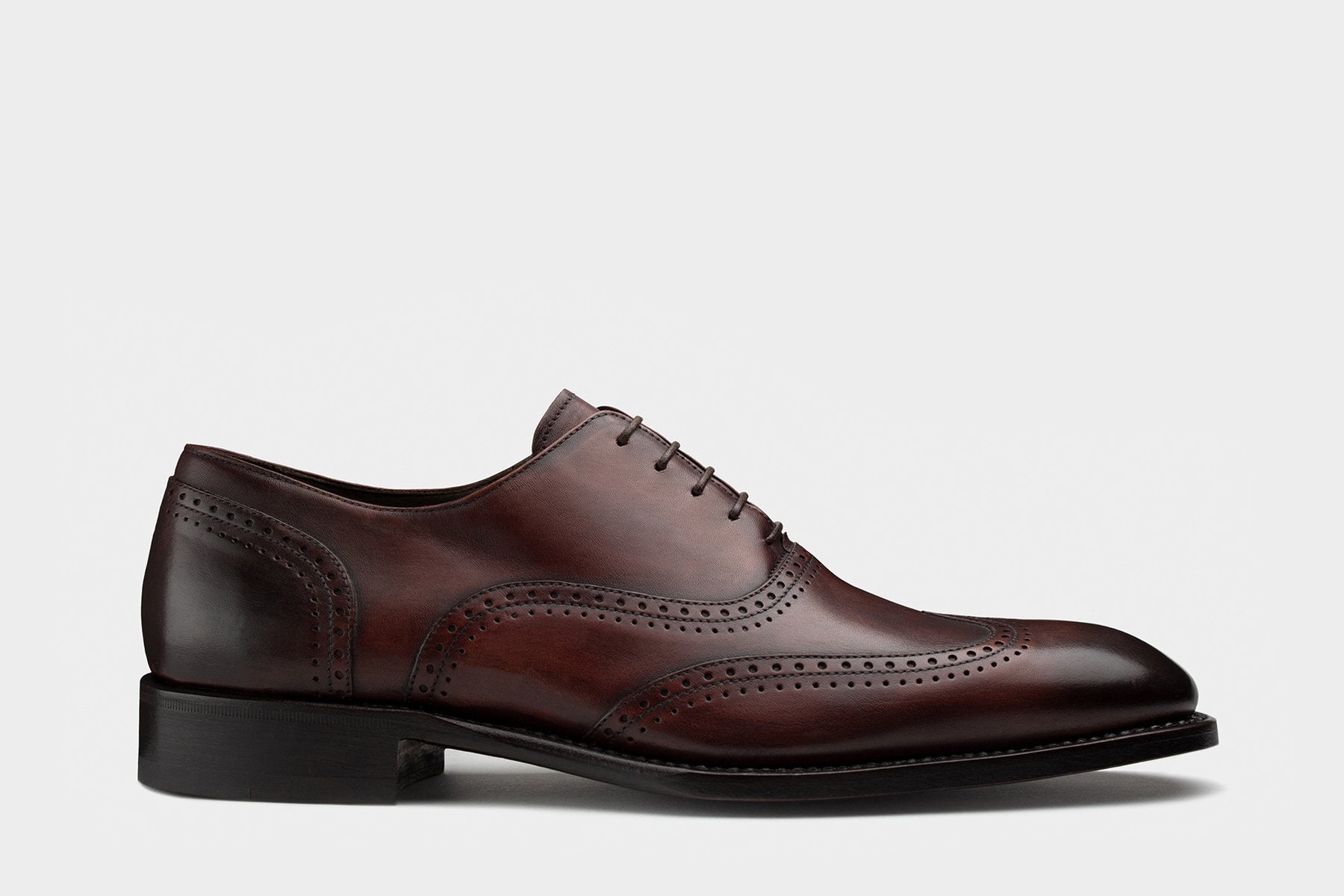
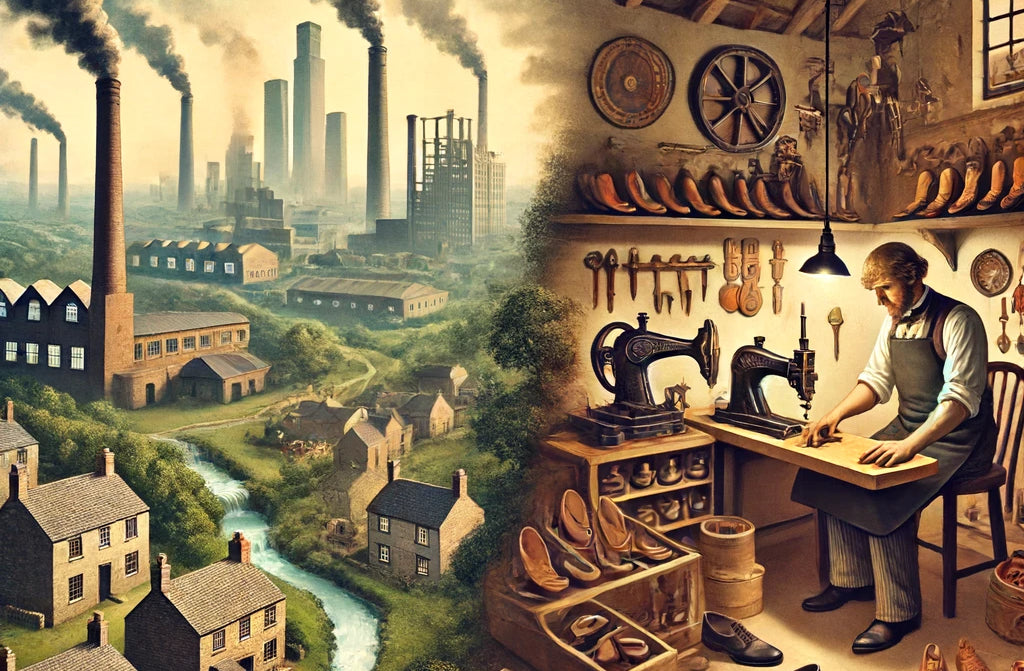
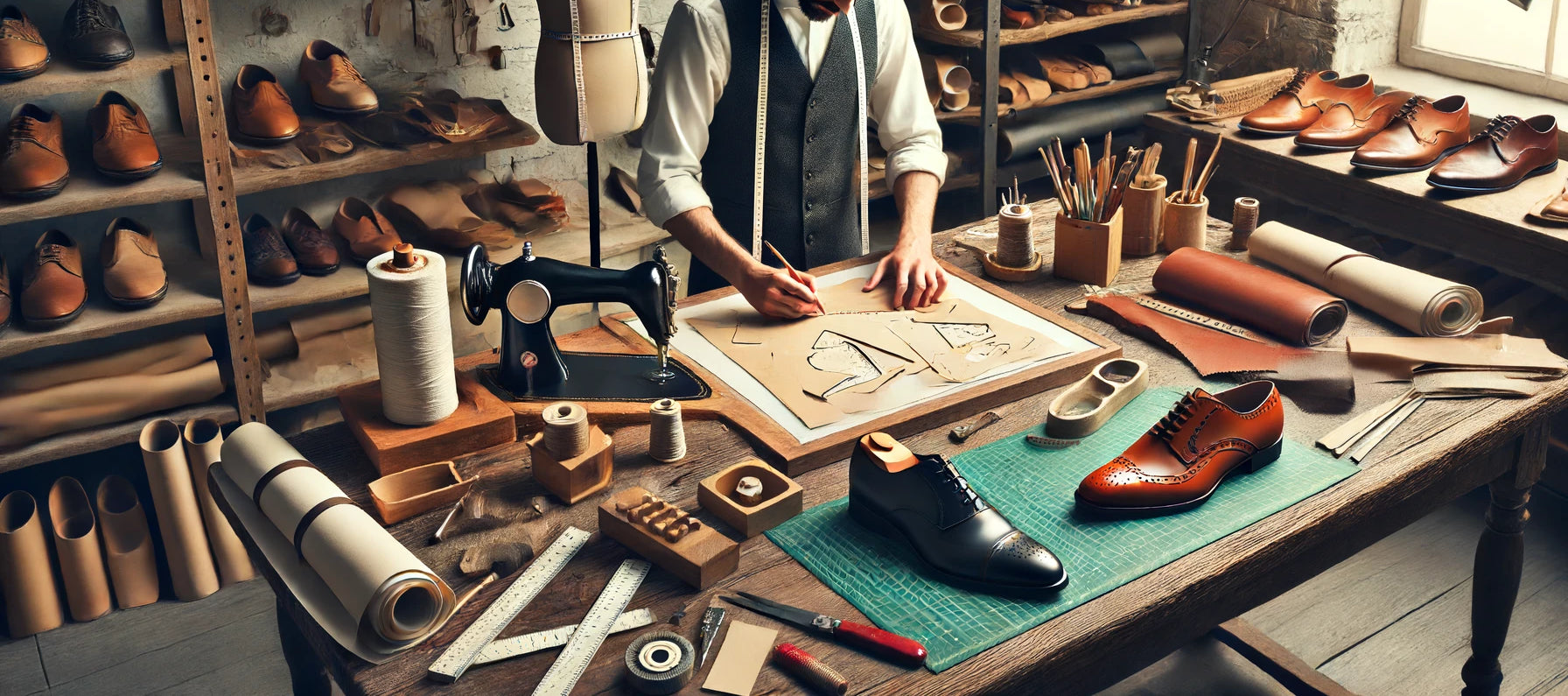
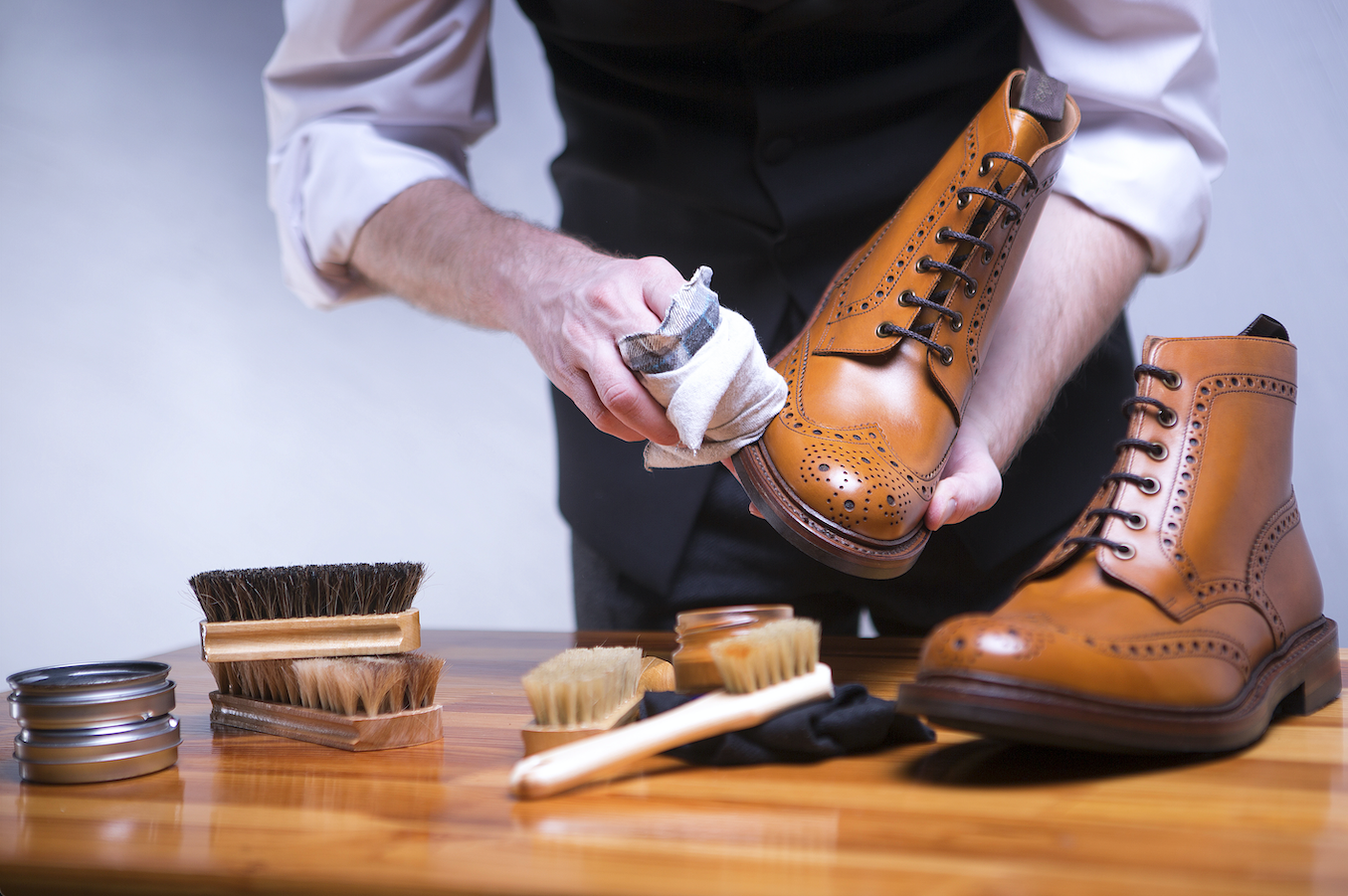

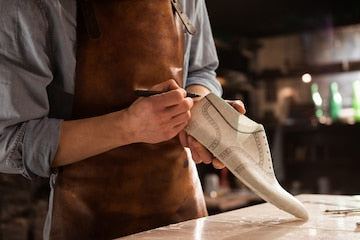
Leave a comment
This site is protected by hCaptcha and the hCaptcha Privacy Policy and Terms of Service apply.